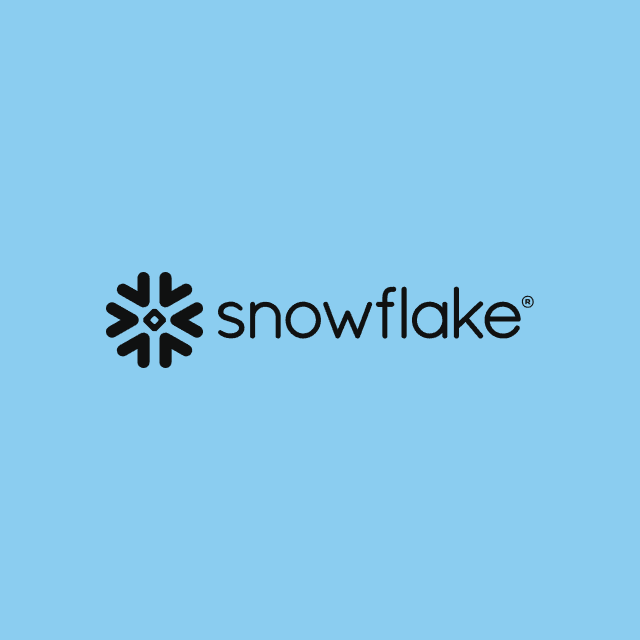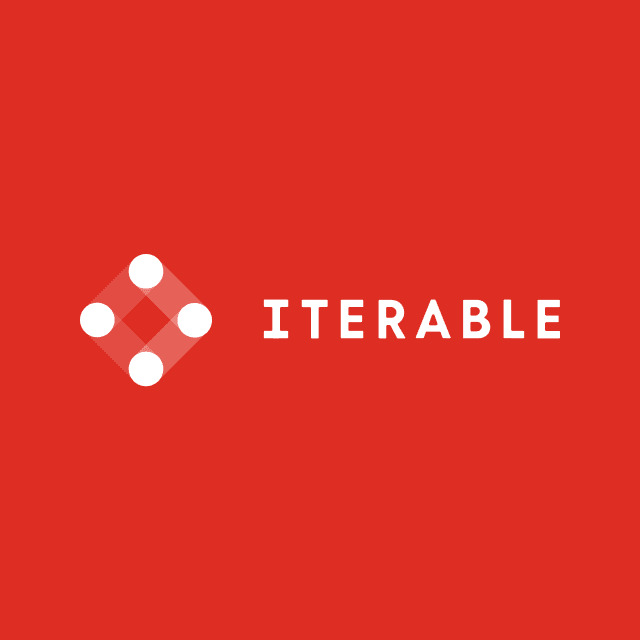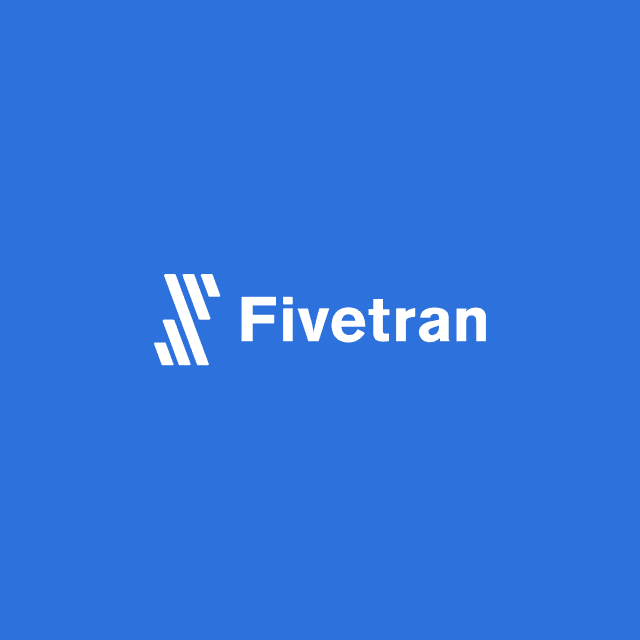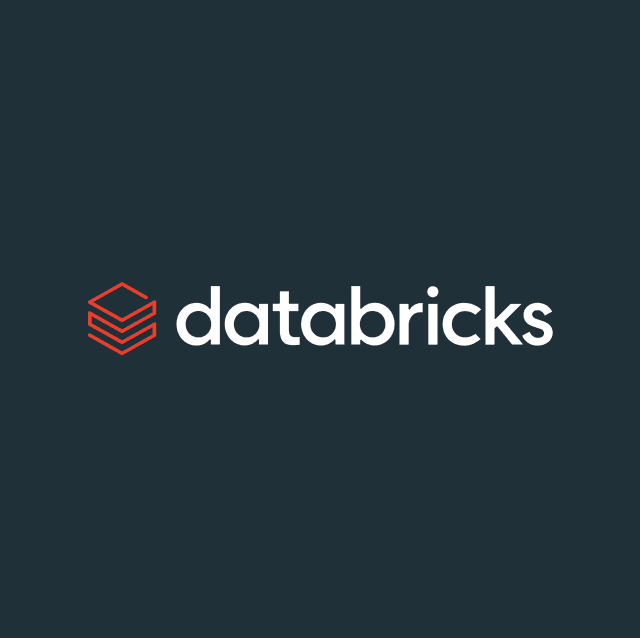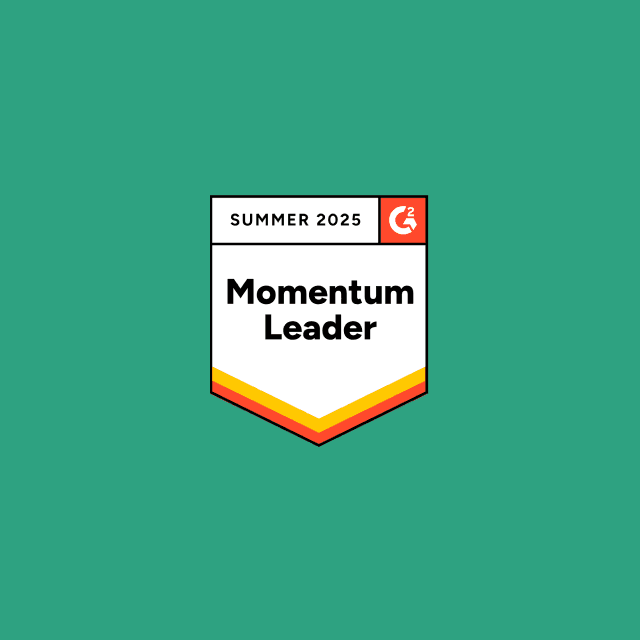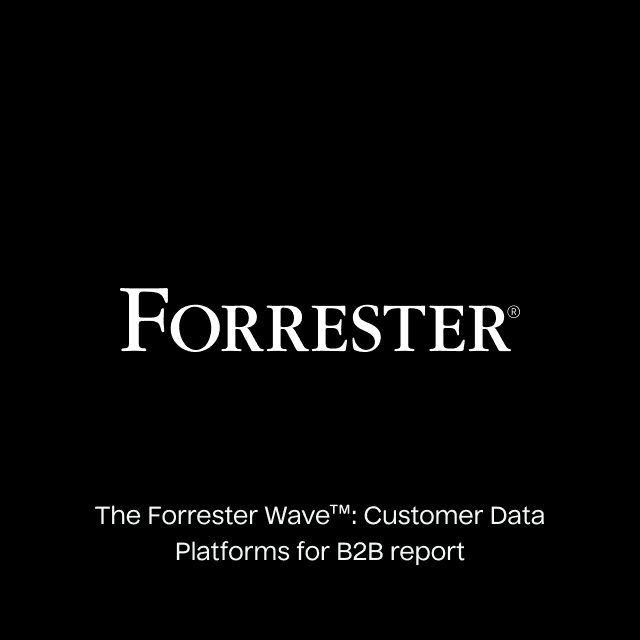The holiday season—from Black Friday to Valentine's Day—is a make-or-break time for consumer-focused companies.
But as the season quickly approaches, there is little room for big changes. Media plans have been carefully crafted, creative is queued up, and budgets are set. As advertisers approach peak buying season, there is little appetite for changes that could put near-term performance at risk.
However, there are a few ways that media teams can squeeze more revenue out of every budgeted dollar without shaking up their carefully crafted plans.
Here are three strategies that can help you maximize your return on ad spend (ROAS) this holiday season: increasing suppression audience match rates, expanding coverage across customer campaigns, and improving the quality of your conversion signals.
1. Maximize suppression audience match rates to reduce wasted spend
One of the biggest budget drains in digital advertising is wasted spending on audiences that aren’t likely or able to buy your products. Suppression audiences—lists of people you specifically choose not to target—allow you to minimize wasted dollars and maximize the budget allocated to revenue-driving impressions and clicks.
Why this matters
Impressions and clicks are especially expensive during the holiday season due to high competition across advertisers. The more fully you exclude active subscribers and recent buyers, the more budget you free up for those likely to convert. Reallocating more budget from “wasted spend” to “productive spend” allows you to drive more revenue with the same budgets, media mix, and creative strategy.
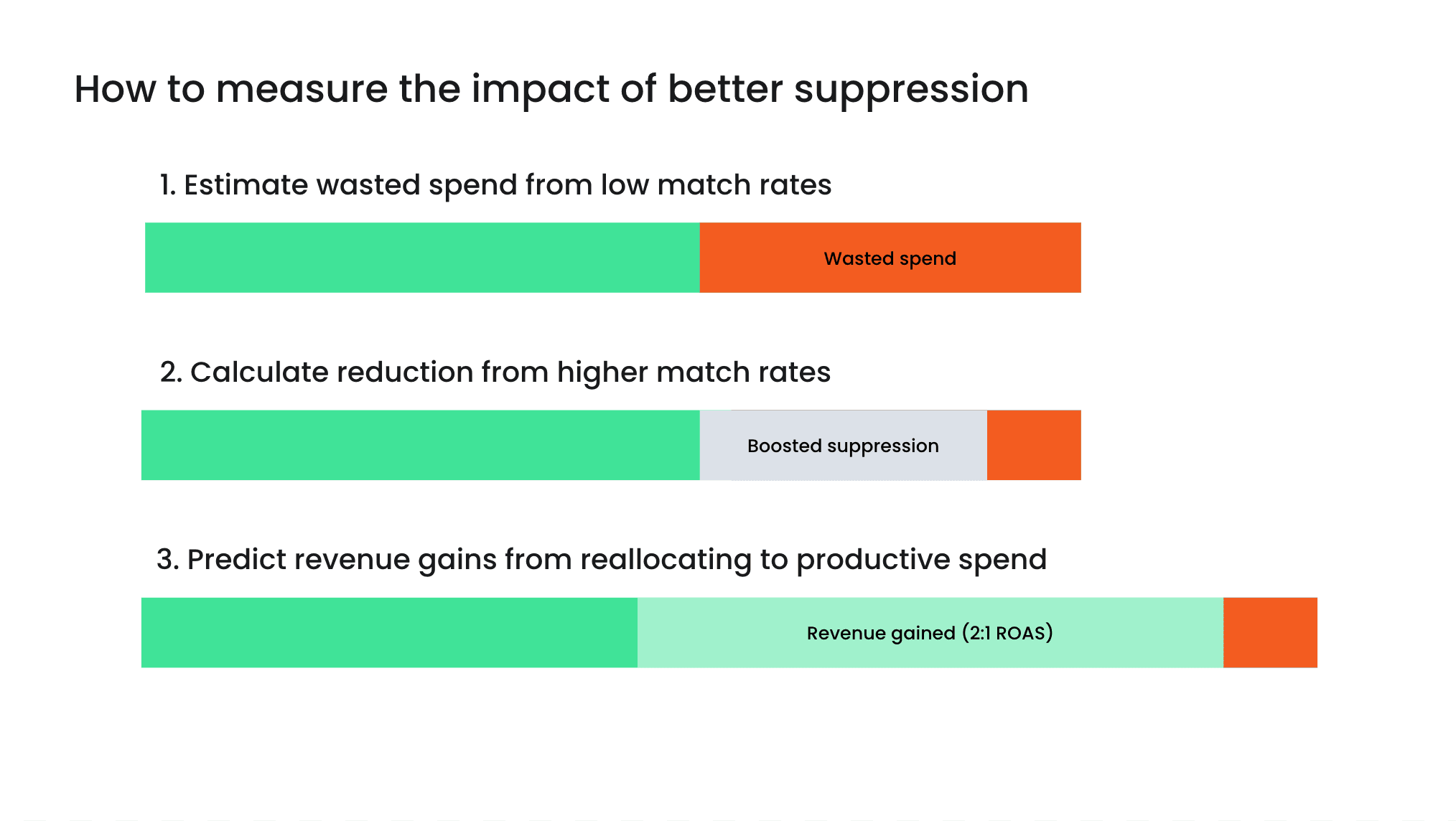
Example: E-commerce brand drives +$274k in incremental profit by increasing suppression match rates
A fast-growing ecommerce brand sells long-lasting products with high ACV but slow repeat purchase rates. Because of this, they rely on suppression audiences to prevent wasting ad spend on recent buyers, instead focusing on more lucrative new buyers.
In the past, the brand struggled to effectively suppress recent buyers due to low match rates. Although they collected a decent amount of consented customer data (including email, phone, and address), the Klaviyo lists they synced into Meta, Google, and TikTok hovered at just a 50-60% rate.
This holiday season, they’re starting off on a stronger footing. They decided to sync audiences from their source of truth in Google BigQuery, where all of their disparate customer data is stored, instead of syncing data from Klaviyo. This simple change allowed them to access and send more customer identifiers than they could from Klaviyo, and ultimately boosted match rates on TikTok by 38%.
The brand also decided to enable Match Booster, Hightouch’s data onboarding product that enriches their audience with additional identifiers to boost match rates. Now audiences are matching above 90% across all three platforms ensuring that almost every recent customer is effectively suppressed from acquisition campaigns.
According to the customer’s own calculations, after subtracting the cost of goods sold (COGS), they will generate +$274k in annual incremental profit from improved suppression audience match rates.
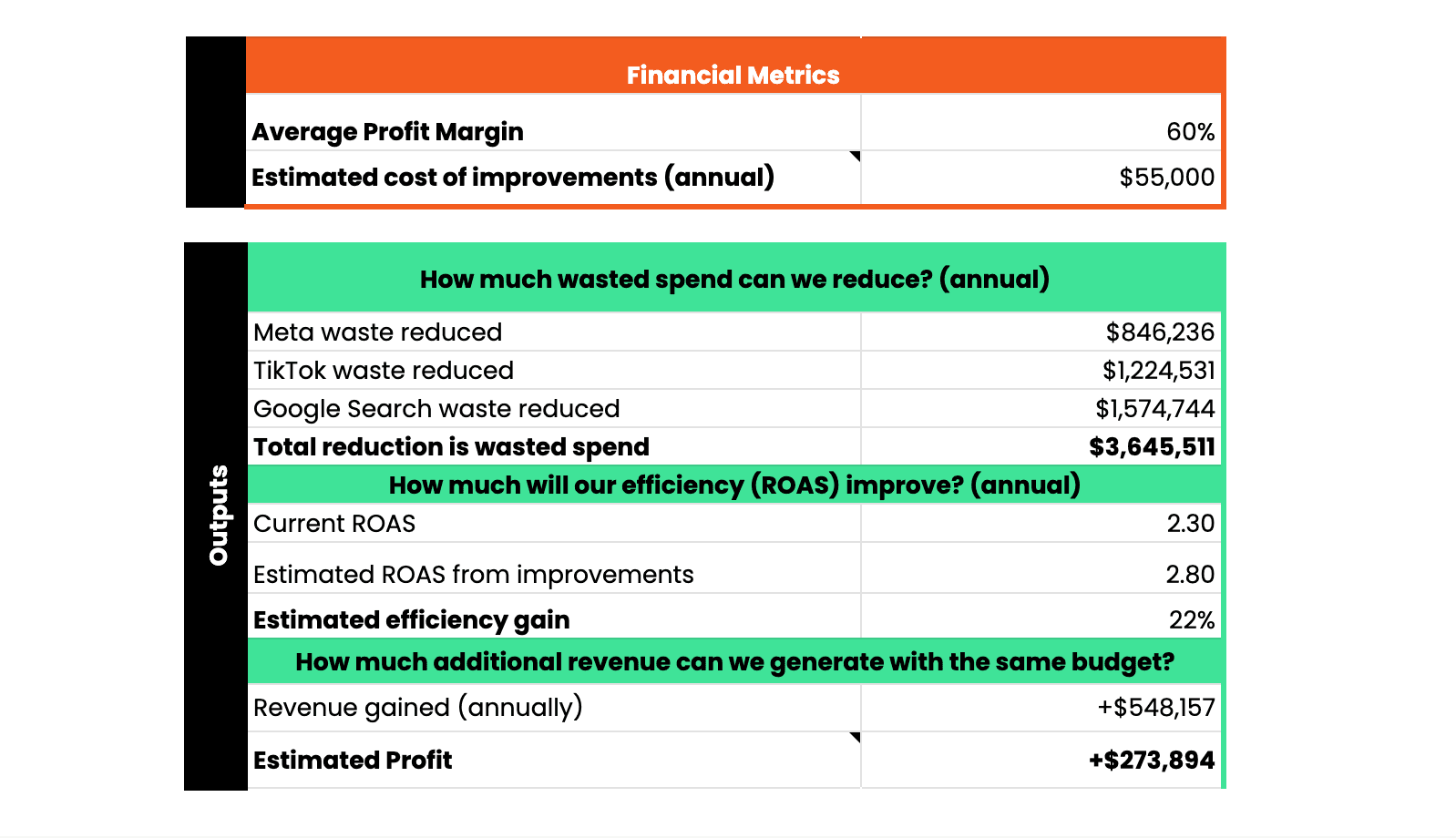
How to increase suppression effectiveness
- Use both online and offline data sources. Join together as many reliable data points about your online and offline customers as possible before sending suppression lists to the ad platforms. For example, you may find that customers share their phone number with you post-purchase to receive shipping notifications. This data is important to match rates and should be unified into your customer 360 before being shared downstream.
- Enrich your audiences with third-party identity data. Data onboarding solutions like Match Booster can fill in the data gaps by adding missing email addresses, phone numbers, device IDs, and other identifiers to help the ad platforms match your suppression audience members to their platform users. Given the high cost of impressions during holiday season this investment can often pay itself off in less than a month. Check out our suppression calculator to learn how much you could save →
- Refresh suppression audiences more frequently. Ensure your audiences are being refreshed daily to avoid serving ads to recent purchasers, both online and offline. This becomes especially important as the volume of purchases rapidly increases during holiday periods, and the cost per wasted impression is significantly higher.
By maximizing suppression audience match rates, you can reallocate wasted ad budget to productive impressions, ensuring each dollar spent is aimed toward revenue-driving activities.
2. Increase reach across repeat purchase campaigns
Most consumer companies find that repeat purchases and win-back campaigns can yield significantly higher returns than new customer acquisition, especially when the creative and messaging are tailored to speak to their most loyal customers.
However, match rates can be a limiting factor, as lower match rates reduce your ability to reach the most valuable existing customers with personalized messaging.
Why it matters
Repeat and returning customers are more likely to convert, have higher average order values, and can be calibrated to convert at lower CPAs. Increasing the reach of these campaigns can directly increase blended ROAS and drive more holiday revenue with the same budget.

Example: DTC brand drives $183k incremental revenue for holiday campaign by boosting high-performance customer campaign reach
A major direct-to-consumer retailer and Hightouch customer spent a significant amount of its advertising budget during the holiday season to maximize sales, so efficiency during this period was critical.
To do this, they rely heavily on the customer acquisition goal feature to deploy differentiated bidding strategies across their PMAX campaigns. The DTC brand can acquire new customers at a 7:1 ROAS ratio, compared to repeat customers who they can acquire at a 20:1 ROAS ratio.
Their team was having trouble getting more out of their highly efficient repeat customer audiences, however. When they synced customer lists to Google Ads using their limited first-party data, only 38% of their customers were matching, meaning that 62% of their customers were being pushed into the less efficient new customer bidding strategy.
This year, the team found a better way. With the flip of a switch in Hightouch, the brand enabled Match Booster to increase match rates from 38% to 75%. From the customer’s own calculations, they increased holiday campaign revenue by $183k after subtracting the cost of their Match Booster investment.
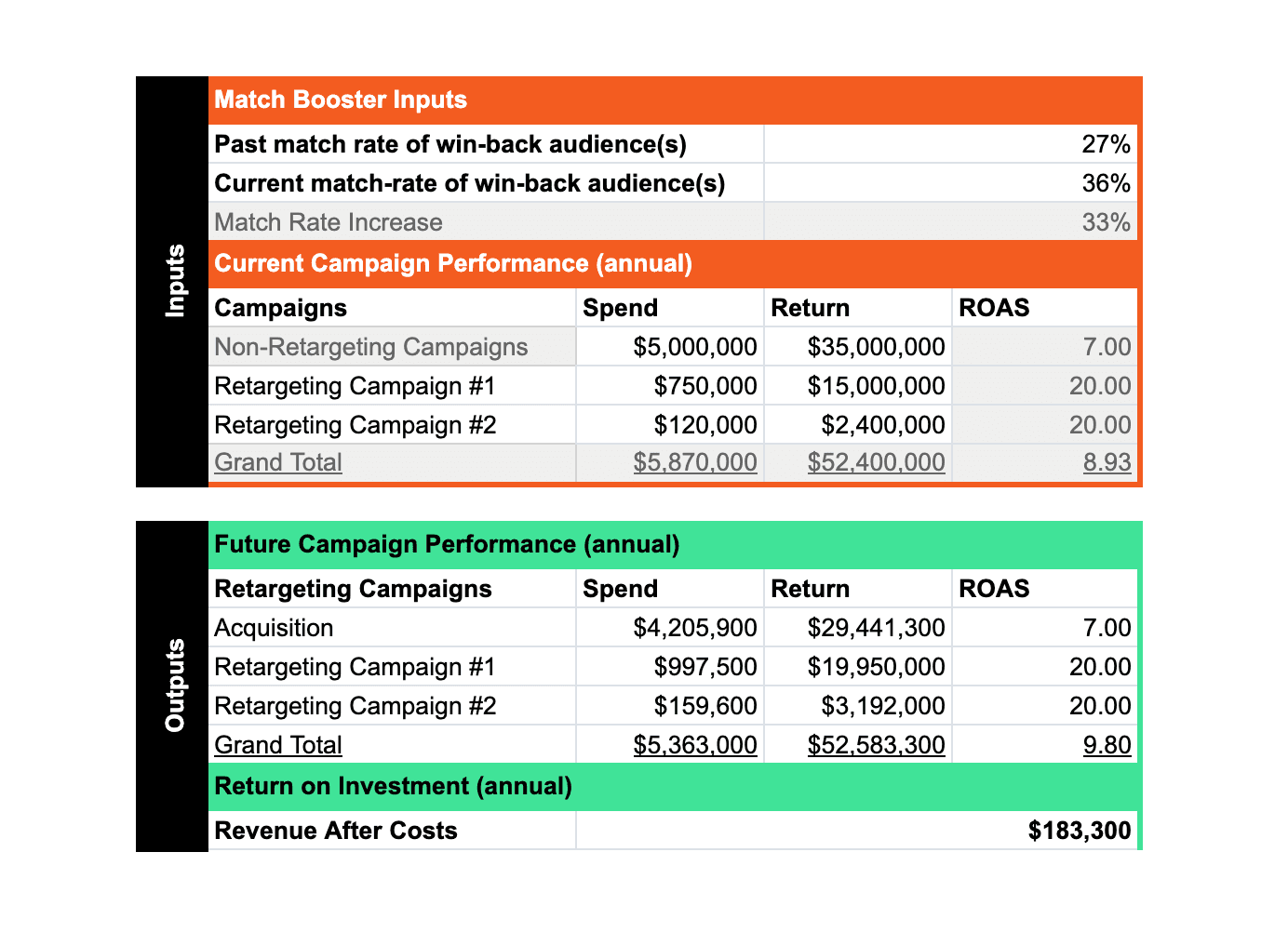
How to improve existing customer campaign performance
- Increase match rates with first-party and third-party identity data. Just as with suppression audiences, work with your data team to prioritize bringing disparate customer data sets together, allowing you to upload multiple identifiers to ensure strong match rates across your cross-sell, upsell, and win-back campaigns.
- Customize your bid strategy for existing customer campaigns. If you’re advertising on Google, consider using the Customer Acquisition goal to set unique Target CPA or Target ROAS goals for new customer acquisition and repeat purchase campaigns. Setting higher ROAS targets for repeat purchase campaigns, for example, will encourage the ad platform to bid more efficiently across your high-converting customer base.
- Try targeting last year’s holiday buyers. Your best holiday buyers may not be the same ones making purchases year-round. Try targeting your best customers from previous holiday seasons by pulling historical purchase lists. You may also consider building lookalike audiences off those lists to find holiday impulse buyers with similar characteristics.
By improving match rates on your repeat purchase and win-back campaigns, you can shift your budget toward these efficient customer-based efforts, thereby reducing reliance on more costly acquisition campaigns that may yield lower returns.
3. Improve conversion signal quality for better AI performance
Ad platforms like Google, Meta, TikTok, and Snapchat rely heavily on AI and machine learning to figure out who to target, which ads to show, and how much to bid in order to maximize ROAS and revenue. The more high-quality data you feed the AI, the better outcomes you tend to see.
Why this matters
The quality of the conversion signals that feed these algorithms is paramount to improving the effectiveness of your holiday campaigns. Event Match Quality (EMQ), which measures how well your pixel or conversion tracking data matches real user interactions, is a major factor in this process. High EMQ scores mean better data for ad platform algorithms, leading to more efficient targeting, higher conversion rates, optimized bids, and ultimately higher ROAS.
How to increase conversion Event Match Quality (EMQ)
- Use a redundant Conversion API setup. Ensure you are sending conversion signals through the ad platform pixel (e.g. browser-side) and through the Conversion API (e.g. server-side) to ensure the system is receiving every online and offline signal.
- Capture click IDs and first-party cookies. Platforms like Facebook and Google append Click IDs to each ad click, which can be captured and sent back to the ad platform as a deterministic way of matching a purchase back to a specific user. Although this information is not always available, when it is, it provides a highly effective way of boosting your EMQ.
- Enhance matches with more customer data. Ensure that enhanced matching settings are enabled, and that consented customer identity data is captured and passed with each conversion event. Include attributes you may have collected during account creation, previous purchases, shipping notification signups, and more. This is most easily done if you first pass conversion events through your cloud data warehouse where the rest of your data lives, allowing you to easily join customer records with conversion event data, and pass them back to the ad platform for matching. If you are not collecting key identifiers like phone numbers, use Match Booster to enrich your conversions with consented third-party identity data to instantly increase EMQ and boost ROAS through better AI performance.
- Check your EMQ score regularly. Test and monitor EMQ metrics on your ad platforms and identify areas where EMQ scores can be improved. This might involve collecting and surfacing new data points like IP address and user agent, or identifying other customer data sources across the business to join into your data set.
Enhanced EMQ can give ad platforms a richer set of data to refine their bidding and targeting, which can drive significant efficiency improvements on days when every conversion counts.
Bringing it all together
Increasing the performance of holiday campaigns doesn't necessarily require a total overhaul, nor should it.
Instead, minor but strategic adjustments—like maximizing match rates on suppression and repeat customer campaigns, and boosting Event Match Quality—can produce measurable improvements in campaign efficiency and profitability.
By reallocating resources from inefficient campaigns to those that focus on high-value customers and conversions, paid media teams can make the most of the high-stakes holiday season with higher ROAS campaigns that result in more holiday revenue.




